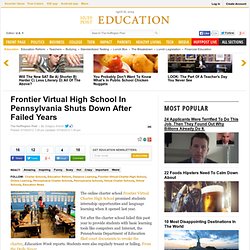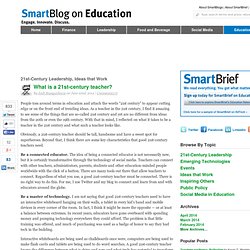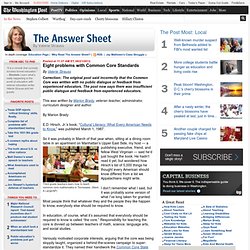

Blog Archive » 7 principles of learning design. In this blog post I want to describe seven principles of learning design.

I would welcome comments. Are there any others I have missed for example? The first is that teachers are bewildered by the plethora of tools available and lack the skills necessary to make informed learning design decisions. Therefore a key facet of all the tools is that they attempt to provide practitioners with some form of guidance and support around their design practice. - Analysis of Learning with Mobile Learning. 0 Comments June 28, 2012 By: Harry G.

Tuttle Jun 27 Written by: 6/27/2012 4:11 PM ShareThis Use the following grid to analyze student learning based on how you will be, or are, using mobile learning. If you are planning for mobile learning, how can you modify your present plan to maximize learning with mobile learning? Harry Grover Tuttle teaches English and Spanish college courses at Onondaga Community College and blogs at Education with Technology. Alert to All Users of the Disqus commenting system: Because of a recent global security issue, the Disqus website recommends that all users change their Disqus passwords. Frontier Virtual High School In Pennsylvania Shuts Down After Failed Years. The online charter school Frontier Virtual Charter High School promised students internship opportunities and language learning when it opened last year.

Yet after the charter school failed this past year to provide students with basic learning tools like computers and Internet, the Pennsylvania Department of Education filed court documents to revoke the charter, Education Week reports. Students were also regularly truant or failing. From the Daily News: So, when it became clear at the end of the school year that almost all of the school's 85 students were in need of a Hail Mary, Frontier's administrators -- and a handful of part-time replacement teachers -- cobbled together emergency "Save-My-Year" and "Credit Recovery" packets, according to the state documents. What is a 21st century teacher? People toss around terms in education and attach the words “21st century” to appear cutting edge or on the front end of trending ideas.

As a teacher in the 21st century, I find it amazing to see some of the things that are so-called 21st century and yet are no different from ideas from the 20th or even the 19th century. With that in mind, I reflected on what it takes to be a teacher in the 21st century and what such a teacher looks like. Obviously, a 21st-century teacher should be tall, handsome and have a sweet spot for superheroes. Beyond that, I think there are some key characteristics that good 21st-century teachers need. Six Lingering Obstacles to Using Technology in Schools.
Big Ideas Digital Tools Flickr:Marygrove College Library Though educators are finding smart ways to integrate technology and learning, the road has been and continues to be challenging on multiple fronts.

Eight problems with Common Core Standards - The Answer Sheet. Correction: The original post said incorrectly that the Common Core was written with no public dialogue or feedback from experienced educators.

The post now says there was insufficient public dialogue and feedback from experienced educators. This was written by Marion Brady, veteran teacher, administrator, curriculum designer and author. By Marion Brady E.D. Hirsch, Jr.’s book, “Cultural Literacy: What Every American Needs to Know,” was published March 1, 1987. So it was probably in March of that year when, sitting at a dining room table in an apartment on Manhattan’s Upper East Side, my host — a Third grade teachers learn how to teach common core mathematics in Tennessee.
10 Real-World BYOD Classrooms (And Whether It’s Worked Or Not) With budgets tight, many schools are hoping to bring technology into the classroom without having to shell out for a device for each student. A solution for many has been to make classes BYOD (short for “bring your own device”), which allows students to bring laptops, tablets, and smartphones from home and to use them in the classroom and share them with other students. It’s a promising idea, especially for schools that don’t have big tech budgets, but it has met with some criticism from those who don’t think that it’s a viable long-term or truly budget-conscious decision. Whether that’s the case is yet to be seen, but these stories of schools that have tried out BYOD programs seem to be largely positive, allowing educators and students to embrace technology in learning regardless of the limited resources they may have at hand.
Holy Trinity Episcopal Academy This Florida college prep recently expanded its BYOD pilot program to include sixth through 12th grades. Former Flip Video Execs Launch Educational Video Platform. Long before the buzz about the “flipped classroom,” there was buzz about the “Flip camera,” a low-cost but good-quality, easy-to-use video camera.

Teachers and students loved it. But the company behind the camera, Pure Digital Technologies, was acquired by Cisco 2009 and production was halted in 2011. Today, two of the executives behind the Flip Camera are unveiling their latest venture, Knowmia, a collection of “crowdsourced video lessons.” All of this is a pretty familiar narrative in Silicon Valley: entrepreneurs found a startup that gets acquired; the company that buys the startup doesn’t simply absorb the technology or employees, but actually shuts their product(s) down; the entrepreneurs leave the company and found another startup in turn.